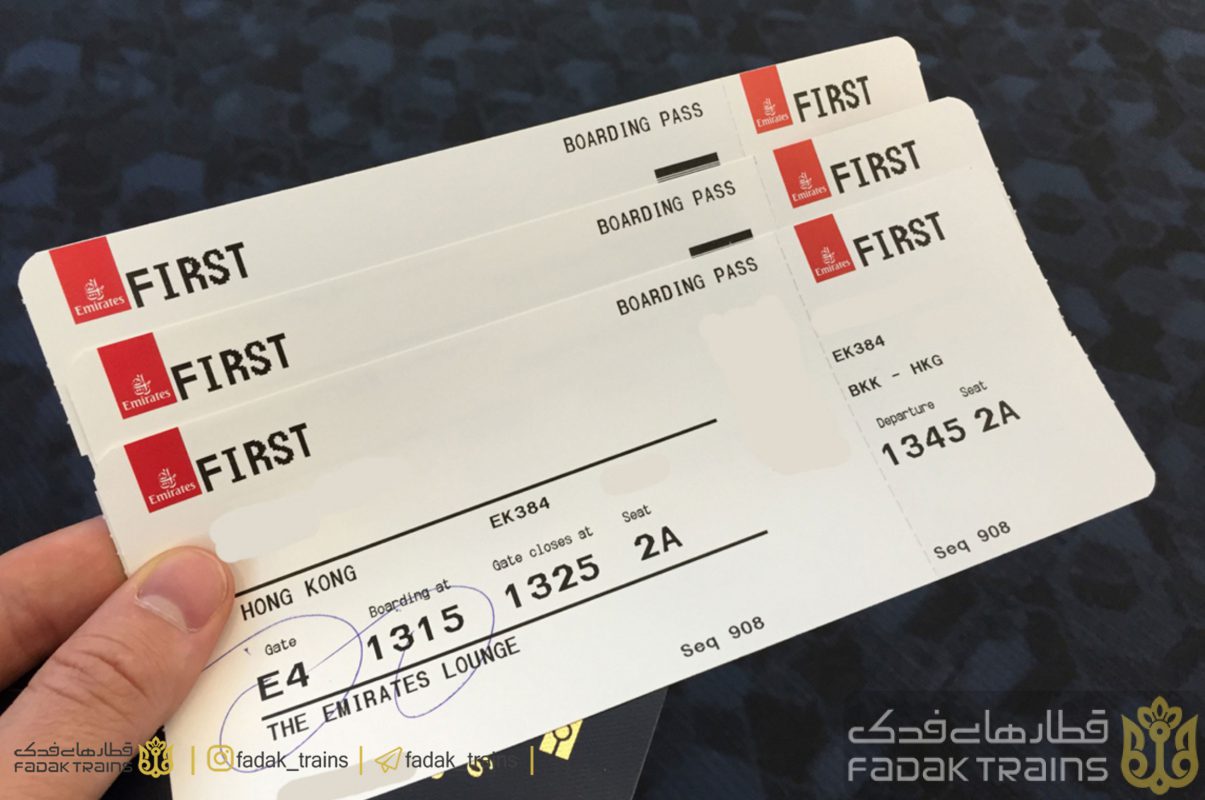In an era where global connectivity is paramount, air travel stands as a cornerstone of modern civilization. At the heart of this expansive network lies the humble air ticket خرید بلیط هواپیما , a document that not only grants access to the boundless skies but also embodies a labyrinth of information and intricacies. From its inception to its digital evolution, the journey of the air ticket is as fascinating as the destinations it connects.
The Genesis of Air Tickets
The concept of air tickets traces back to the early days of commercial aviation in the 1920s. Initially, tickets were simple paper documents, serving as proof of purchase and passage on a specific flight. However, as air travel burgeoned and became more complex, so too did the ticketing system.
Anatomy of an Air Ticket
An air ticket is more than just a piece of paper or a digital confirmation—it is a comprehensive dossier, encapsulating vital information about the journey ahead. From departure and arrival times to seat assignments and fare conditions, every aspect is meticulously documented to ensure a seamless travel experience.
- Flight Details: The core of an air ticket lies in its flight information. This includes the airline name, flight number, departure and arrival airports, as well as the date and time of travel.
- Passenger Information: Personal details of the traveler such as name, contact information, and sometimes passport details are crucial components of the ticket, ensuring compliance with security protocols and immigration requirements.
- Seat Assignment: For many travelers, the seat they occupy can significantly impact their journey. Airlines often provide the option to select seats during the booking process, with preferences ranging from aisle or window seats to extra legroom or specific sections of the aircraft.
- Fare Conditions: Hidden within the fine print are the terms and conditions governing the ticket. These include rules regarding changes, cancellations, baggage allowances, and any additional fees or surcharges.
Evolution in the Digital Age
With the advent of digital technology, the landscape of air ticketing has undergone a profound transformation. Gone are the days of queuing at ticket counters or relying solely on paper documents. Today, travelers can effortlessly book, manage, and even check-in for flights using various online platforms and mobile applications.
Electronic tickets (e-tickets) have become the norm, replacing their paper counterparts. Stored securely in databases, e-tickets can be accessed via email, mobile apps, or airline websites, offering unparalleled convenience and flexibility to travelers.
The Future of Air Tickets
As technology continues to advance, so too will the evolution of air tickets. Innovations such as biometric authentication, blockchain technology, and artificial intelligence are poised to revolutionize the way we interact with tickets and navigate the skies.
Biometric screening, for instance, holds the promise of expedited airport processes, allowing travelers to board flights seamlessly using facial recognition or fingerprint scans. Meanwhile, blockchain technology could enhance security and transparency within the ticketing ecosystem, mitigating issues such as fraud and identity theft.
Conclusion
The humble air ticket serves as more than just a document—it is a gateway to exploration, adventure, and connection. From its humble origins to its digital evolution, the journey of the air ticket mirrors the trajectory of human innovation and progress. As we continue to soar to new heights, one thing remains certain: the air ticket will always be an indispensable companion in our quest to explore the boundless skies.
